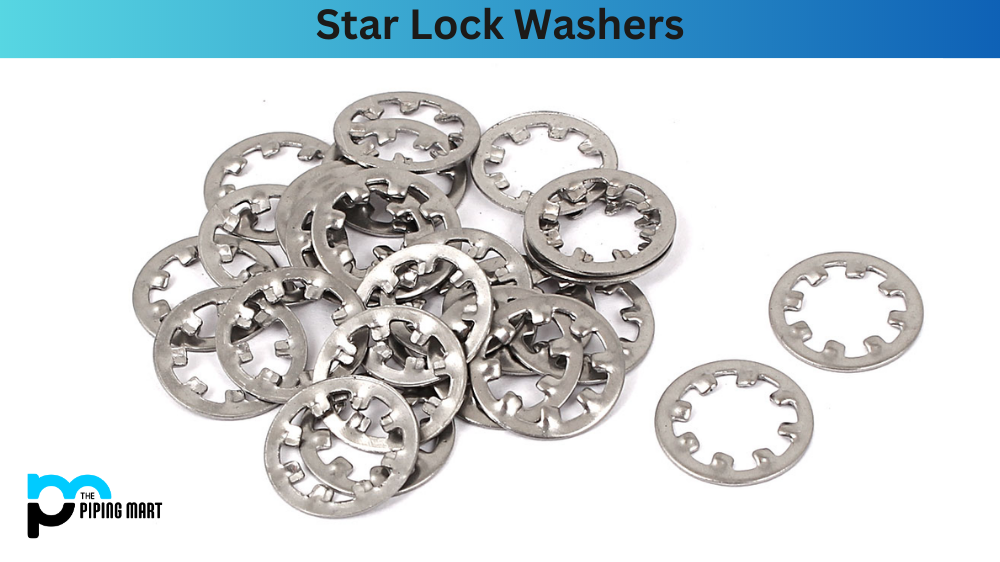If you’re planning on doing any DIY projects in your home, you may wonder if there is a difference between wood screws and drywall screws. The answer is yes! While both types of screws can be used for similar applications, they each have unique qualities that make them better suited for different tasks. Let’s explore what these differences are so you can choose the right screw for your project.
Advantages of Using Wood Screws
The main advantage of using wood screws is their ability to join two pieces together while remaining removable if needed securely. Wood screws also provide better torque than nails because they do not easily pull out after being driven in. Furthermore, most wood screws feature larger heads which help distribute pressure more evenly across the surface when tightened down. As such, wood screws are great for applications where strength and durability are key factors, such as furniture assembly or outdoor construction projects like decks and patios.
Advantages of Using Drywall Screws
Drywall screws easily attach lightweight objects onto walls or ceilings without requiring extra tools like anchors or toggle bolts. The sharp tips allow them to penetrate through sheetrock quickly and efficiently without damaging it. This makes it extremely convenient when hanging up pictures or shelves since no pre-drilling is necessary. Additionally, because drywall screws are made from softer metals, they will not damage harder surfaces like tile or brick should you need to remove them at some point down the line.
Difference Between Wood Screws and Drywall Screws
Wood screws feature a smooth shank designed to hold two pieces of wood together tightly. They also have a tapered tip, making it easier to drive into the wood without splitting it. Additionally, most wood screws come with a flat head which allows them to sit flush against the material they are securing. On the other hand, drywall screws are made explicitly for attaching drywall to wooden studs or other wall materials. They have sharper tips and threads that create holes as they penetrate through the material, making them ideal for hanging items on walls without having to pre-drill any holes.
Material
Wood screws are softer metal than drywall screws, so they are less likely to strip the wood when driven in. Drywall screws are made of harder metal and will not strip as easily, but they can damage the drywall if not inserted carefully.
Size
Wood screws come in various sizes, from very small to very large. Drywall screws are typically only available in one size larger than most wood screws.
Threading
Wood screws have coarser threads than drywall screws, which helps them grip the wood better. Drywall screws have finer threads that help them grip the drywall better.
Pointedness
Wood screws have a more pointed tip than drywall screws, which helps them penetrate the wood more easily. Drywall screws have a more blunt tip, which allows them to grip the drywall better without damaging it.
Cost
Wood screws are typically less expensive than drywall screws. This is because they are made of a softer metal and are not as specialized as drywall screws.
Availability
Wood screws are widely available at most hardware stores. Drywall screws may be more difficult to find as they are not as commonly used as wood screws.
Uses
Wood screws can be used for various projects, such as building furniture or attaching two pieces of wood. Drywall screws are primarily used for attaching drywall to studs or joists.
Conclusion:
Whether you’re putting together furniture or hanging up pictures on your wall, understanding the differences between wood screws and drywall screws can make all the difference in getting great results with your DIY project! Make sure you select the right screw based on its intended use — this will ensure that your projects turn out exactly how you want them to every time!
Sakshee is a talented blogger, with a particular focus on the Business and Metal Industry. She is passionate about sharing her insights on various metal products and helping professionals to make a better decisions.




